Italian real estate prices will remain steady as buyers return to their long-term trusted locations, according to a new report by Knight Frank.
Prices currently sit approximately 30 percent below their pre-2009 peak, and the declining value of the euro has widened the market to international buyers from the United States, United Kingdom and others. With the economy recovering from its lows at the start of the decade despite the weakening eurolocal, foreign consumers are honing in on Italian real estate.
Puorta Nuova, MilanThe report says buyers are broken into two streams - some buyers favour Tuscany for its vineyards, rolling green lawns and Renaissance architecture while other buyers gear toward Umbria for its specific landscapes - but never do buyers choose both. Tuscany’s market boomed in the 1970s and Umbria became popular later, sparking a price gap due to renovations needed on Tuscan homes.
British, American and Northern European buyers are turning to Liguria, a holiday home destination among Italian locals. Demand is also growing in Florence, Rome, Milan and Venice, the report Inside Italy: View 2016 said.
Italian apartment costs
In the historical centre of Rome, apartments now cost between €6,000 and €6,800 per square metre, more or less unchanged from last year. The property slump was caused by a number of factors, including the euro zone crisis and austerity measures like higher property taxes such as the Imposta Municipale Unica (IMU) - in English, the Local Property Tax. (Global Property Guide).
Milan CBDTaxes
Rental income tax is sky high in Italy.
Rental Income: Nonresidents are taxed on rental income earned in Italy. The rates range from 23% to 43%. Personal allowances for spouse and family are not available to nonresidents, but certain deductions may be granted.
Capital Gains: Capital gains is not taxed if the property was held for more than five years, otherwise capital gains are considered as ordinary income and taxed at progressive rates.
Inheritance:Inheritance taxes are levied at 4% to 8%, depending on the relationship between the deceased and the beneficiary, with non-taxable threshold amounts.
Residents:Residents are taxed on their worldwide income. at progressive rates, from 23% to 43%. (Global Property Guide).
Italian Property Law
Italian law is strongly pro-tenant, according to Global Property Guide.
Because of strongly pro-tenant landlord & tenant laws, the rental market is shrinking.
Rents can initially be negotiated but increases are restricted. Landlords can only increase the rent after the initial 4-year contract.
Tenant Security: Tenants have the right to controlled rents plus eight years or more of security of tenure. A landlord may only serve a 'disdetta' - a registered letter of notice which must be sent at least six months before contract expiry - to coincide with the end of the standard 4 years. Failure to do so automatically renews the contract for another 4 years.
Knight Frank's Milan Office Market Report Q4, 2015
Being one of a handful of European countries still in negative growth in 2014, the threat of a Grexit and Russia falling back into recession looked set to disrupt the recovery that Italy was slowly making. However, the Italian economy showed signs of positive growth during the first three quarters of this year, and real GDP is now forecast to grow by 0.9% in 2015. Office take-up in Milan totalled 189,300 sq m during the first nine months of 2015.
Although this was down approximately 6% on the same period in 2014, demand was still healthy and the decline was mainly due to a reduction in the availability of high-quality space, as well as companies taking longer to negotiate deals while the economy showed uncertainty at the beginning of the year. So far in 2015, leasing activity has been confined largely to the Semi Centre area, which accounted for 30% of take-up, followed by 26% in the Periphery.
Westfield, MilanWith the Italian economy returning to growth in 2015 and expected to strengthen further in 2016, Knight Frank said the outlook for the real estate markets looks promising. Office take-up is set to increase as positive occupier demand in Milan grows, and could reach as high as 240,000 sq m by the end of the year. This may encourage some rental growth towards the middle of 2016, not only in prime locations but also in the periphery. In fact, prime office rents may exceed the previous peak of €525 per sq m per annum, last seen in 2011, to reach a new high. High investment figures during the first nine months of the year have put office investment volumes in Milan on course to reach approximately €2 billion. International investors are expected to remain active, but volumes are also likely to be boosted by increased domestic demand in the coming months.
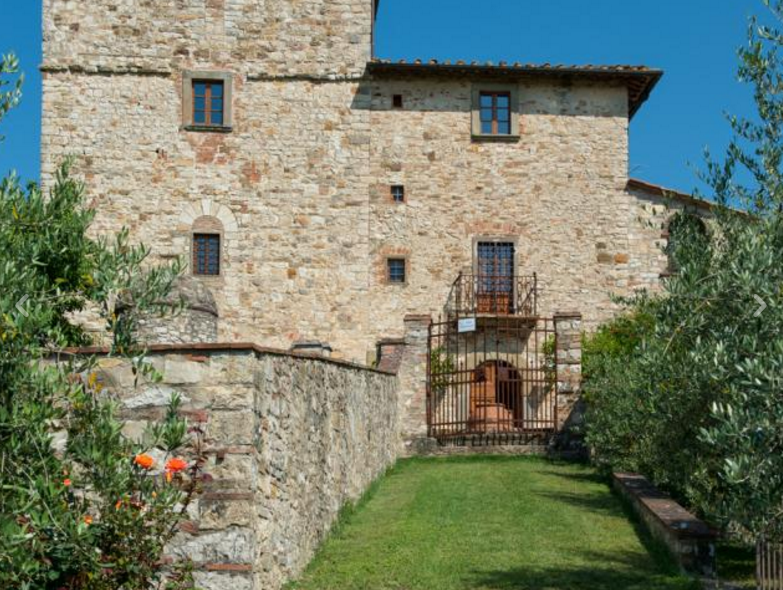
Tuscany, Italy
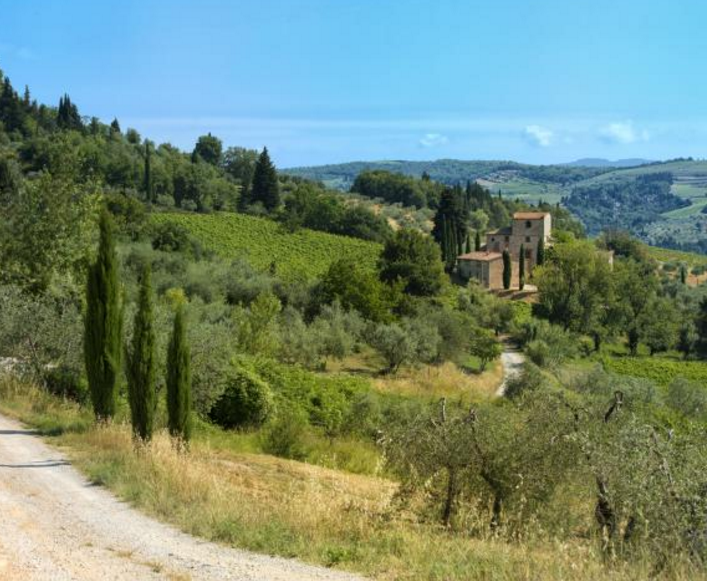
His family owned the property until 1867 but the current owner has gone to great lengths to restore the home.
The current owner has in his possession the original deed which identifies Michelangelo as a 'dear sculptor and Florentine citizen,' providing a truly remarkable pedigree; this document will become the property of the new buyer.
Composed of three buildings, the villa itself is built around an ancient tower, believed to date back to 1047.
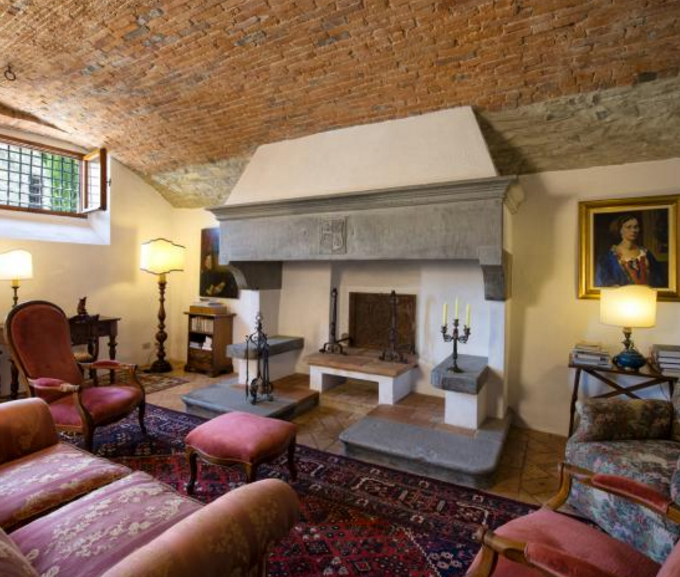
In a sale by the United States-based real estate firm Handsome Properties International, the home offers a rare historical and architectural opportunity.
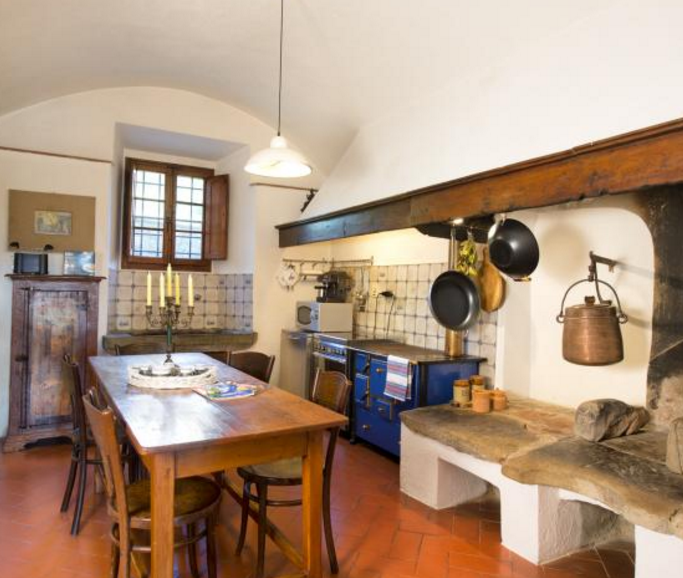
Included in the sale is an original oil mill, chianti vineyards and lemon and olive groves which complete the property's authentic Italian offering. The exterior stone facade, brick barrell-vaulted ceiling, wood-beamed ceilings and fireplaces are all understood to be the original features of the home.
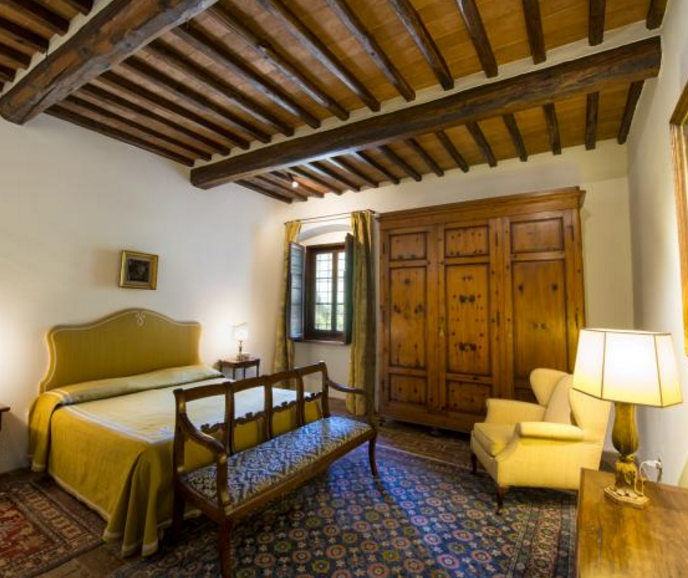
Local archives show that Michelangelo had indeed purchased the property, for 2,360 florins in 1549. The original deed signed by Michelangelo will be passed on to the new owners.
Content Source: Handsome Properties International















